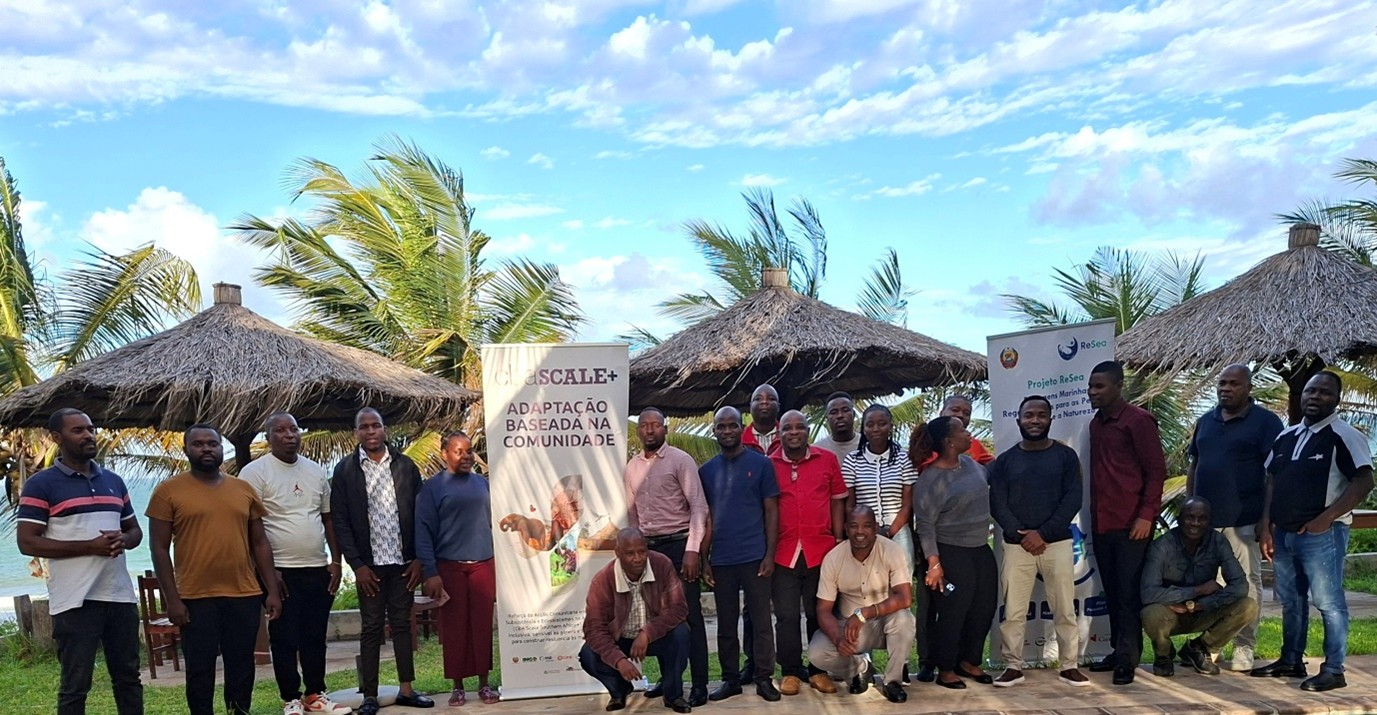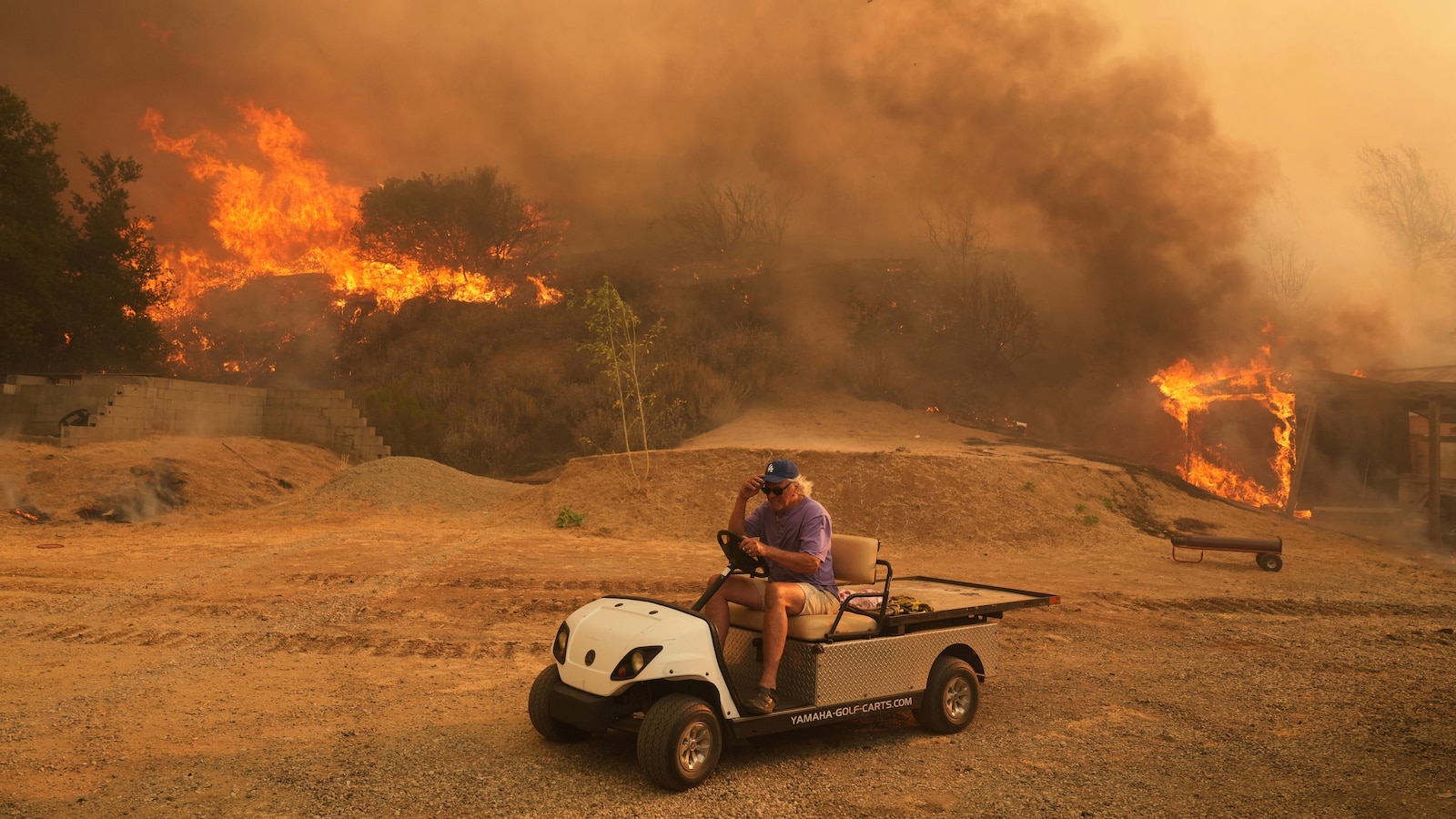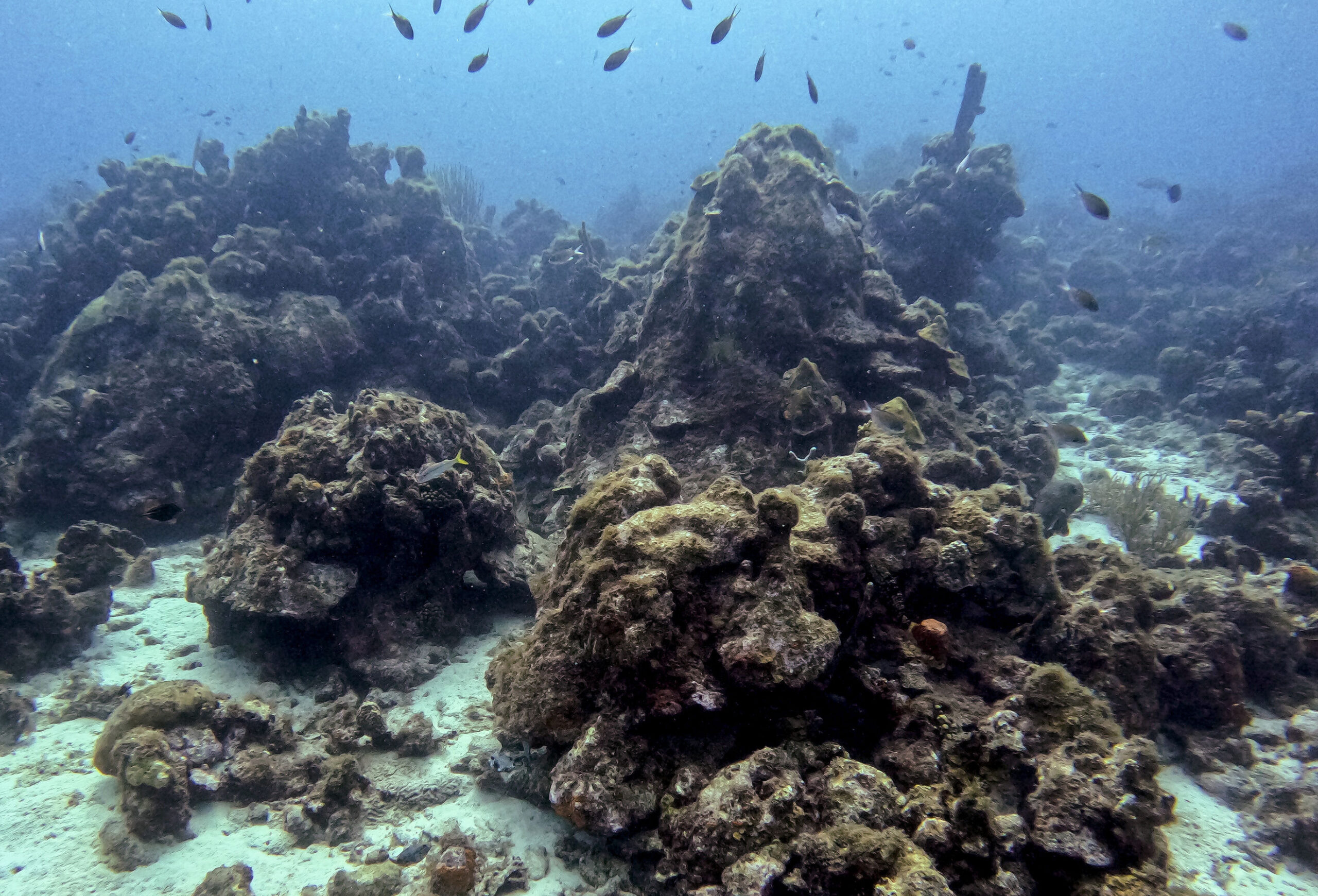Aiding sea turtle conservation through coastal management – Frontiers

Report on Integrating Coastal Management and Sea Turtle Conservation in Alignment with Sustainable Development Goals
1.0 Introduction: Addressing Coastal Threats to Marine Biodiversity
Endangered sea turtles, critical species for marine ecosystem health, face escalating threats from climate change and anthropogenic activities. The degradation of nesting beaches through flooding and erosion presents a significant challenge to their survival. This report outlines a framework that integrates coastal science with sea turtle conservation, leveraging underutilized tools and methods to enhance the resilience of nesting habitats. This approach directly supports the achievement of several key Sustainable Development Goals (SDGs), particularly SDG 14 (Life Below Water) and SDG 13 (Climate Action).
2.0 A Framework for Sustainable Intervention and Habitat Resilience
A stepwise framework is proposed to systematically address coastal threats to sea turtle nesting sites. This cycle is designed to inform management interventions that are both effective and sustainable, contributing to the targets of SDG 14 by protecting marine and coastal ecosystems.
- Observe: Utilize state-of-the-art monitoring and remote sensing to gather data on coastal processes and ecological conditions at nesting sites.
- Understand: Analyze the collected data to link ecological thresholds with specific coastal dynamics, identifying the root causes of habitat degradation.
- Predict: Employ coastal modeling to forecast future impacts of climate and anthropogenic stressors on nesting beaches.
- Intervene: Implement targeted management actions, with a focus on Nature-Based Solutions (NBS), to mitigate threats and restore habitat integrity.
This framework facilitates proactive management, moving from reactive measures to predictive and preventative strategies that enhance long-term ecological resilience.
3.0 Alignment with the 2030 Agenda for Sustainable Development
The proposed integration of coastal management and conservation science provides a direct pathway to achieving multiple SDGs. The emphasis on data-driven, nature-based interventions ensures that conservation efforts are sustainable and contribute to broader global goals.
- SDG 14: Life Below Water: The primary goal is the conservation of sea turtles and the sustainable management of their coastal nesting habitats. By mitigating erosion and flooding, this framework directly supports Target 14.2, which aims to protect and restore marine and coastal ecosystems.
- SDG 13: Climate Action: The framework is fundamentally an adaptive strategy to combat the impacts of climate change on coastal zones. By predicting and intervening against climate-related hazards like sea-level rise and increased storm frequency, it strengthens resilience and adaptive capacity, aligning with Target 13.1.
- SDG 15: Life on Land: Protecting sandy beaches, which are terrestrial ecosystems, from degradation contributes to Target 15.1 on the conservation and restoration of terrestrial ecosystems. The use of Nature-Based Solutions further promotes the sustainable management of these land-sea interfaces.
- SDG 17: Partnerships for the Goals: The report underscores that success is contingent upon interdisciplinary collaboration between coastal engineers, marine ecologists, and conservation managers. This call for partnership embodies the spirit of SDG 17, which advocates for multi-stakeholder collaboration to achieve sustainable development.
4.0 Recommendations for Implementation
To operationalize this framework and advance progress toward the SDGs, the following actions are critical:
- Increase in-situ data collection to improve the accuracy of coastal models and ecological assessments.
- Foster robust, interdisciplinary collaborations to bridge the gap between coastal science and conservation practice, as called for by SDG 17.
- Prioritize the development and implementation of Nature-Based Solutions (NBS) as they offer co-benefits for climate adaptation (SDG 13) and biodiversity conservation (SDG 14 & 15).
By applying this integrated approach, the long-term resilience of sea turtle nesting habitats can be significantly enhanced, marking a tangible contribution to global biodiversity and sustainability targets.
1. SDGs Addressed or Connected
SDG 14: Life Below Water
- The article’s central theme is the conservation of “endangered sea turtles,” which are key marine species. It directly addresses the protection of marine and coastal ecosystems by focusing on the threats of “flooding and erosion of nesting beaches.”
SDG 13: Climate Action
- The article explicitly identifies “Climate change” as a primary driver of the threats to sea turtle nesting habitats. It proposes a framework to enhance the “long-term resilience of nesting habitats” against climate-related coastal hazards.
SDG 15: Life on Land
- Although sea turtles are marine animals, their nesting occurs on land (sandy beaches). The article focuses on protecting these terrestrial habitats from degradation and erosion, which is crucial for preventing the extinction of a threatened species.
SDG 17: Partnerships for the Goals
- The article advocates for “interdisciplinary collaboration” between coastal science, management, and sea turtle ecology. It calls for integrating different fields of knowledge and tools to achieve conservation goals, which embodies the spirit of partnership.
2. Specific Targets Identified
SDG 14: Life Below Water
- Target 14.2: By 2020, sustainably manage and protect marine and coastal ecosystems to avoid significant adverse impacts, including by strengthening their resilience, and take action for their restoration in order to achieve healthy and productive oceans.
- The article’s proposed framework, which includes an “Observe–Understand–Predict–Intervene cycle” and the use of “nature-based solutions (NBS),” is a direct approach to sustainably managing and protecting coastal ecosystems (nesting beaches) and strengthening their resilience against erosion and flooding.
- Target 14.5: By 2020, conserve at least 10 per cent of coastal and marine areas, consistent with national and international law and based on the best available scientific information.
- The focus on conserving critical nesting beaches for an endangered species contributes to the conservation of vital coastal areas. The framework’s reliance on “state-of-the-art monitoring, modeling” aligns with using the “best available scientific information” for conservation actions.
SDG 13: Climate Action
- Target 13.1: Strengthen resilience and adaptive capacity to climate-related hazards and natural disasters in all countries.
- The article directly addresses this target by proposing methods to enhance the resilience of nesting habitats against climate-related hazards like coastal flooding and erosion. The promotion of “Nature-based solutions (NBS)” is a key strategy for building this adaptive capacity.
SDG 15: Life on Land
- Target 15.5: Take urgent and significant action to reduce the degradation of natural habitats, halt the loss of biodiversity and, by 2020, protect and prevent the extinction of threatened species.
- The entire perspective piece is a call to action to protect the nesting habitats of “endangered sea turtles” from degradation (“flooding and erosion”) to prevent the extinction of this threatened species.
SDG 17: Partnerships for the Goals
- Target 17.16: Enhance the Global Partnership for Sustainable Development, complemented by multi-stakeholder partnerships that mobilize and share knowledge, expertise, technology and financial resources…
- The article’s call for “interdisciplinary collaboration” and the integration of “existing methods and tools from coastal science and management” into “sea turtle conservation” is a clear example of mobilizing and sharing knowledge and expertise between different scientific communities and management bodies.
3. Indicators Mentioned or Implied
SDG 14: Life Below Water
- Implied Indicator 14.2.1: Proportion of national exclusive economic zones managed using ecosystem-based approaches.
- The proposed framework for “integrating sea turtle ecology and coastal management” is an example of an ecosystem-based approach to management. Its application would contribute to this indicator.
SDG 15: Life on Land
- Implied Indicator 15.5.1: Red List Index.
- The ultimate goal of the conservation efforts described in the article is to improve the survival prospects of “endangered sea turtles.” Success in these efforts would be measured by an improvement in their status on the IUCN Red List of Threatened Species.
General/Cross-cutting Indicators
- Implied Indicator: Area of coastal habitat protected or restored.
- The article focuses on protecting nesting beaches from flooding and erosion. A direct measure of progress would be the area of beach habitat that is successfully managed or restored using the proposed framework and nature-based solutions.
- Implied Indicator: Number of interdisciplinary collaborative projects.
- The article’s emphasis on “interdisciplinary collaboration” implies that the formation of partnerships and joint projects between coastal scientists, ecologists, and managers is a key metric of success in implementing the proposed approach.
4. Summary Table of SDGs, Targets, and Indicators
| SDGs | Targets | Indicators (Implied from Article) |
|---|---|---|
| SDG 14: Life Below Water | 14.2: Sustainably manage and protect marine and coastal ecosystems to strengthen their resilience. 14.5: Conserve coastal and marine areas based on the best available scientific information. |
Management of coastal zones using an ecosystem-based approach (the proposed framework). Area of nesting beach habitat under active conservation management. |
| SDG 13: Climate Action | 13.1: Strengthen resilience and adaptive capacity to climate-related hazards. | Implementation of strategies (e.g., Nature-based solutions) to enhance the resilience of coastal habitats against flooding and erosion. |
| SDG 15: Life on Land | 15.5: Take urgent action to reduce the degradation of natural habitats and protect threatened species from extinction. | Improvement in the conservation status of endangered sea turtles (related to the Red List Index). Reduction in the rate of nesting beach degradation. |
| SDG 17: Partnerships for the Goals | 17.16: Enhance partnerships that mobilize and share knowledge and expertise. | Number of interdisciplinary collaborations established between coastal science, ecology, and management bodies. |
Source: frontiersin.org

What is Your Reaction?
 Like
0
Like
0
 Dislike
0
Dislike
0
 Love
0
Love
0
 Funny
0
Funny
0
 Angry
0
Angry
0
 Sad
0
Sad
0
 Wow
0
Wow
0




















































.jpg.webp?itok=0ZsAnae9#)



























